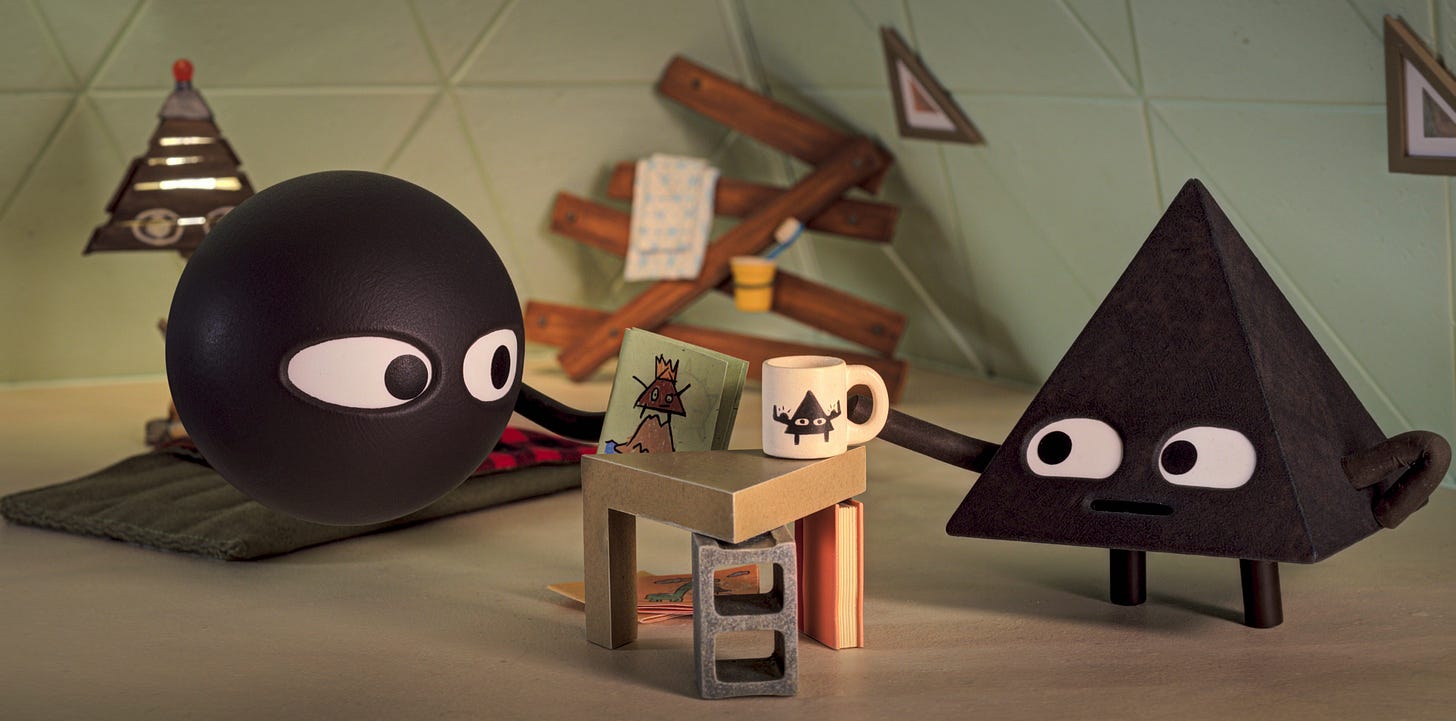The Coolest Interiors on TV Are on a Kids' Show
People: Shape Island on Apple TV. It's groundbreaking.
The animated kids’ shows I grew up with in the ’80s and ’90s were great — Nickelodeon in particular ushered in a golden era with Rugrats, Doug, Ren & Stimpy, and the rest. But with the exception of Hey Arnold, almost none of them paid much attention to architecture or interiors. We were usually plopped in some anonymous suburban livin…




